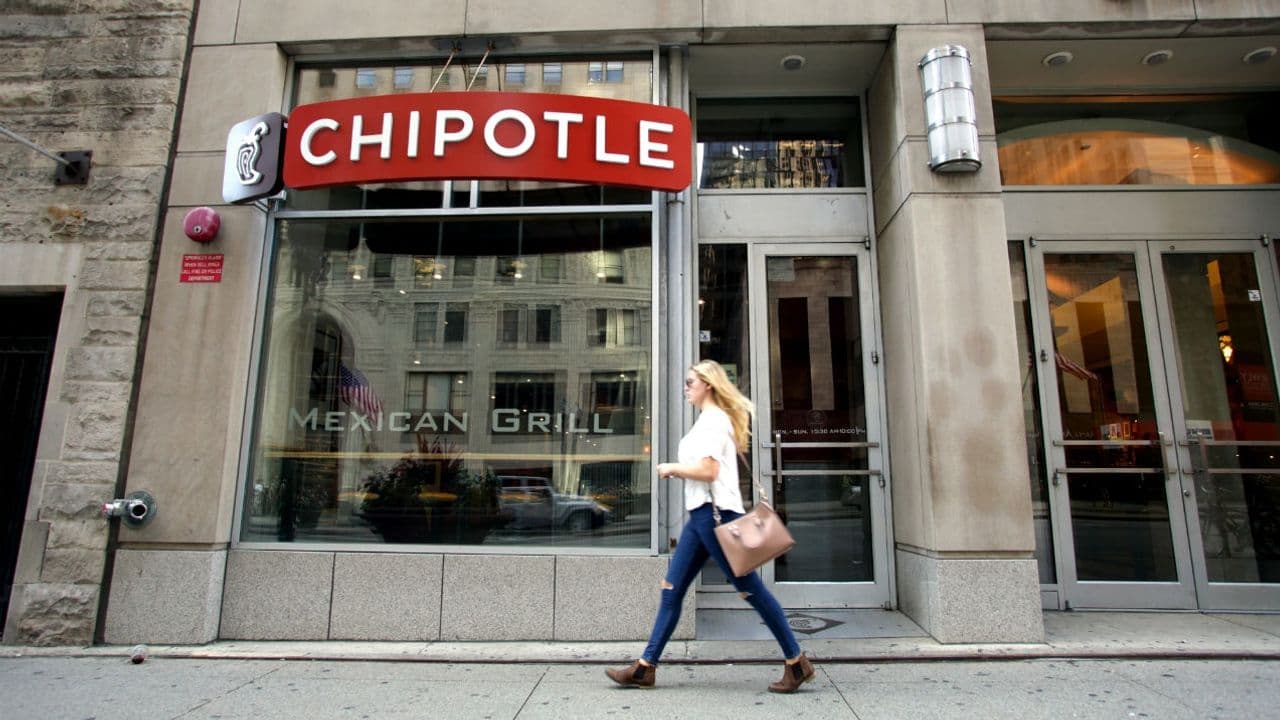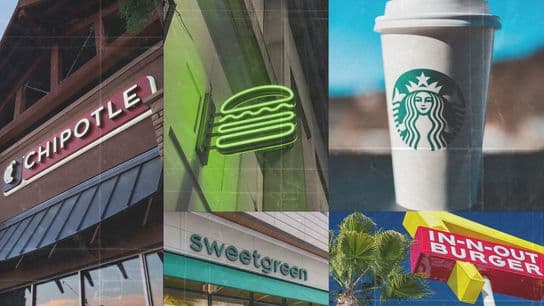What to Do When Your Restaurant is Hit With a Health Scare
Reputation expert Jim Lukaszewski discusses the five steps to rebuilding trust.
Chipotle’s food contamination crisis last fall was heavily reported in mainstream national media outlets like Bloomberg News and USA Today with follow-up pieces dissecting what the company did right and what the company did wrong. When an unforeseen issue occurs, like unsuspecting customers ingesting E.coli just from eating a meal at the Chipotle they frequent, the chances for the company to do things wrong are relatively high if they don’t have a seasoned consultant instructing them on crisis communication immediately. 1851 caught up with America’s Crisis Guru® Jim Lukaszewski to learn just exactly how a company should act when they inadvertently put customers’ health at risk.
“There are three things that you can do after every crisis occurs,” according to Lukaszewski. “You can do nothing, something, and something more. When it involves issues like health and safety, you always have to do something more, or the situation will worsen.”
As a reputation expert for more than 40 years, Lukaszewski has worked with many unforeseen health crises. He has helped clients deal with building mold issues and with food issues associated with serving customers unsafe product.
“Once the situation has occurred, there is no option to prevent something from happening and there are victims who are affected immediately. All too often, from the property owner, franchise or franchisor perspective, there is a tendency to hang back and see just how serious it will be, and they hope that it will go away,” Lukaszewski said.
However, when an accident occurs, and it affects someone’s personal health and safety, or the health and safety of their loved ones, it is a crisis.
To resolve crises and rebuild trust, Lukaszewski describes a five-step process that he stresses must be started within 60 to 120 minutes of the crisis occurring. He calls it the Golden Hour.
On the checklist of what to do, the first and most important step is to notify people immediately. Next, work must begin to fix the issue so that no one else is affected, and the crisis will be contained. In Chipotle’s case, the company closed all of its locations in Washington and Oregon to sanitize the spaces, and to figure out where the E.coli originated.
The third step is to communicate internally. Lukaszewki comments that too often, communication begins externally, which can leave employees out of the equation. However, employees are on the front lines and are often the greatest source of information about what’s going on during the crisis. If they don’t have any information, that’s what they’ll communicate to customers, or, even worse, they can make something up which could exacerbate the problem. Employees should be kept in the loop and prepped with the most up-to-date information.
Once the internal communication has been handled, step four in the process is to notify those who are indirectly affected, including government agencies, oversight organizations, partners, joint venture collaborators, and really anyone who will now be affected by the problem.
The fifth step is about managing the media and letting them know about the steps you are making to rectify the problem. Lukaszewski stresses that these five steps need to be started within 60-120 minutes from the start of the crisis, and if you leave a step out, more problems will occur down the road.
“Once people are victimized, they behave in very emotional ways. If you hurt or scare people, if you put people at risk, from their perspective, you have a lot of serious problems on your hands – and they are only resolved through extensive, prompt communication and action,” Lukaszewski said.
He adds that this action has to include a sincere apology. The apology also has to follow five specific components:
- Acceptance of responsibility for having hurt, threated or put people, animals or living systems at risk.
- Admitting that you were in the wrong and there is no excuse for what happened.
- An offer of help or assistance to those affected.
- Acknowledgement that this issue caused unnecessary harm that led to the victim suffering and a genuine apology.
- A request for forgiveness.
“One of the most powerful but frightening things a company has to do is to apologize,” Lukaszewski said. “But once a sincere apology is given, bad things start to stop happening.”
With the E. coli situation at Chipotle, the founder and co-chief executive officer Steve Ells appeared on the Today show, but it was more than a month after the initial cases surfaced. He apologized and then promised America a food safety program that would be implemented, but he didn’t discuss reasons why the company had been experiencing the food safety problems in the first place.
After the public apology, the internal team needs to investigate how the problem occurred and determine how the crisis will change the company’s future behavior. Both those within the company and those affected by the issue need to understand the steps the company is making to resolve the situation, with clear, empathetic messaging.
In looking for ways to move forward in a positive light, the company needs to ask for help from the victims, government and communities affected by the crisis. Those people should become part of the solution and involved in making the situation better and working toward resolving the issue for the future. Following suit, Chipotle made it clear to the public that it hired a consulting group to create a food-safety plan that focuses on avoiding contamination issues in the future.
Though its response to the recent crisis wasn’t perfect, Chipotle did not commit the most cardinal sin of crisis communication, which Lukaszewski identifies as silence. He mentions that there is no rational, logical or sensible explanation for why a company would fail to speak and act immediately, but typically if that approach is taken, it won’t end well.
Lukaszewski explains that once the company publicly promises that the issue will be permanently prevented to the best of its capabilities, the final step is for the company to quickly “pay the price” for its actions. To do this, he says that the company needs to go beyond community and victim expectations. In Chipotle’s case, the brand held a free burrito day, buy one get one free deals and other giveaways after the E. coli breakout, but the company is still feeling the aftermath almost a year later with sales and earnings both suffering.
However, in an effort to earn back the trust of its customers, Chipotle launched its “Ingredients Reign” campaign, putting the focus back on what customers loved about the brand in the first place: its locally sourced ingredients. And, according to AdWeek, it’s working – Chipotle chief creative and development officer Crumpacker said that research showed that “72 percent of people who saw the video saw increased trust for the brand.”
While Chipotle has a long way to go in earning back the trust and dollars of its target demographic, adherence to the best practices of crisis communication go a long way with the general public. Regardless of how flawless the crisis response is, if the communication does not come quickly and follow the process, even the most perfect response will become a loss for the brand.









